|
5/13/2015 1 Comment Informational InterviewMy dream job
Who did I meet
Who is he
His educational / career experience
Overview of his role and skills
What advice do they have for someone who wants to move into the field, get closer to your dream job
New steps
1 Comment
3/25/2015 0 Comments Senario & requirementsScenario:
Luziana has been working at a newspaper for almost three years now. As a content-creation manager, her daily task is to oversee the editorial team to create engaging content for the readers. Last year, the newspaper relaunched its website, hoping to provide a more enjoyable news-consuming experience for online audience. As the whole media industry becomes more digitally-driven, Luziana's company faces great challenges transitioning from print to digital media. Luziana realizes that the basic tech skills where she learned in college are not enough for her to work at this digital journalism environment. She decides to learn some basic coding during her spare time but she isn't sure where to start. Some friends recommend her Code Academy, a popular online learning platform that teaches programing for free. Luziana is passionate about learning, but after trying out Code Academy for several weeks, she realizes that although it's easy to get started with, it can't actually get her very far. When she tries to apply what she learned from the course to her job, she feels frustrated because she couldn't solve the problem by herself. A lack of personalized professional support and social interactions with other learners makes it extremely challenging to learn coding on her own. Disappointed with her performance, she figures out that maybe coding is not for her and finally she gives up. One day, she reads a blog post about a girl who shares her experience of learning coding on an online platform called C@C: Coding and Coffee. The name immediately grabs her attention so she googles it. After exploring the website, she is very excited about the unique feature of Coding and Coffee: it helps bridge the gap of online and offline professional education by facilitating in-person study groups. "Learning with other people in real life is not a bad idea." Luziana decides to give it a try. After the registration, she is given a quick survey and a short quiz to complete. On the survey, there are questions about her learning goals and her time commitment. She also fills out what time she'd be available to join a study group with her classmates. Based on the information she provides, the system generates a personalized study plan for her. This detailed study plan not only tells her which track she should take, but also provides a project-based timeline to track her progress. After the first two weeks of learning, the system recommends Luziana some "study buddies" who are taking the same course with her and have a similar study schedule. She is invited to a social network page where she can "meet" her peers and discuss coding homework with them. After talking to her classmates, Luziana finally meets them at a cozy coffee shop in Brooklyn on a Sunday afternoon. During the discussion, they have a video conference with Michael, who is the volunteer teaching assistant at Coding and Coffee. Michael explains some confusing concepts and that helps Luziana understand what went wrong in her code. Compared with Code Academy, Luziana feels that this blended learning model is more effective and fun. "I can do this!" Now she's motivated to work hard with other aspiring females on Coding and Coffee to create great things together. Requirements:
2/18/2015 0 Comments Literature ReviewInequality between male and female in the field of technology has been given much attention for more than a decade now. When we talk about gender inequality, our thoughts immediately go to a male-dominant world, culturally and subconsciously suppressing female members’ chance of success in certain field, thus causing an imbalance in proportion between genders. Even if both genders are working in the same field, male often occupy the positions with higher income and social status. This theory may apply to a lot of fields such as medical care (male doctors and female nurses), airline transportation (male pilot and female stewardess) and film making (male directors and female actresses). However, such theory has its limitations when faced with the current situation in the IT business.
There’s no doubt that the proportion between the two gender in the field is seriously imbalanced. Research done by Girls Who Code, an organization dedicated to promoting women’s participation in computer science industry, shows that only 12 percent of the computer science graduates are women, and that they hold just 25% of the jobs in technical or computing fields. Brigid Barron (2004) also claim in his research on 98 high school seniors in Silicon Valley that “[f]our times as many males as females had taken a programming class”. One might argue that it’s simply a difference of interest and such gap does not necessarily mean any disadvantage to women as a gender. However, researches also show that men and women with high and low levels of computer experience, were found to differ significantly on the Mental Rotations Test (MRT), indicating that a lack of experience with computer and technology puts female’s mental ability at an disadvantage place (Terlecki & Newcombe, 2005). So what might have caused this gender difference? Some researchers believe that accesses to computers and Internet could be a differentiating factor in this issue. Yet Warschauer and Matuchniak’s research (2010) on computer and Internet access in US nationwide suggest no statistically significant difference between genders with in teenagers. Another guess is on different level of interest in games between boys and girls, as so many successful programmers claimed to have started his/her career in computer science from video games in their childhood. Warschauer and Matuchniak (2010) argued that boys and girls are equally interested in games; however, their interest in games are focused to very different genres: girls are particularly interested in casual games, while boys have a wide range of interest in RPG, FPS, fantasy and sports games. Hayes (2008) further explained in her research that while boys are more likely to move their interests onto screenshot taking, walkthrough making, mod developing, etc., girls are mostly satisfied with simply playing the game itself. They also show less motivation in using cheatcodes when compared with boys. Both the research above suggest that girls do not necessary like to play the same type of games that the boys do, and a shift of design for game to better suit the need of female gender could be a starter for girls’ pursuit along the path of computer science. Furthermore, export or community support in a social setting could also be extremely important in sustaining the interest sparkled by the games, as exploring in the digital world could be scary and frustrating experience. A third factor that may be involved in this issue is encouragement from close relatives, particularly parents and guardians. A study done by Barron, Martin, Takeuchi and Fithiam (2009) indicated that “parents play significant roles in supporting creative technologically mediated activities”. Eight female students highly experienced with technology activities claimed their involvement as a consequence of “the encouragement of family members” in their interviews. All the research above pointed out that the problem of disproportioned population in computer science indeed exists, and has the potential to create higher gaps in cognitive abilities between the two genders. Possible causes to this problem could be a lack of access to necessary resources, but more likely it is caused by a lack of interest stimuli, encouragement from family members, and community support for the girls who have the interest in further exploration in the field. References: Barron, B. (2004). Learning ecologies for technological fluency: Gender and experience differences. Journal of Educational Computing Research, 31(1), 1-36. Barron, B., Martin, C. K., Takeuchi, L., & Fithian, R. (2009). Parents as learning partners in the development of technological fluency. Hayes, E. (2008). Girls, gaming and trajectories of IT expertise. Beyond Barbie and Mortal Kombat: New perspectives on gender and computer games. Kaminski, K., Switzer, J., & Gloeckner, G. (2009). Workforce readiness: A study of university students’ fluency with information technology. Computers & Education, 53(2), 228-233. Terlecki, M. S., & Newcombe, N. S. (2005). How important is the digital divide? The relation of computer and videogame usage to gender differences in mental rotation ability. Sex Roles, 53(5-6), 433-441. Warschauer, M., & Matuchniak, T. (2010). New technology and digital worlds: Analyzing evidence of equity in access, use, and outcomes. Review of Research in Education, 34(1), 179-225. 2/18/2015 0 Comments Project Need AssesmentHow might we teach students to think more critically about the information he/she receives from the mass media?
1. Narrowing Down the Topic:
Not being able to think critically creates serious problems. Academically, a scholar with a fixed mind is less likely to make a breakthrough in his/her discipline, as he/she accepts what he learns in school and the mind is no longer flexible enough to refine the known laws and principles. Personally, critically thinking can allow a person to be more perceptive, thus less likely to to be deceived by the carefully phrased, manipulative messages that mass media is delivering on a daily basis (need data). An early exposure of critical thinking could be valuable for such thinking habits to be established. 3. Target Audience: Current college students (preferably freshman who just graduated high school and entered a new phase of his/her life) are a group of young people who are brilliant, bright and ambitious and whose future are full of possibilities. However, they are also facing a point which could also affect the entire life path. They are, for the first time, given the freedom to control their own lives, and are suddenly exposed to all kinds of information at the arrival at campus. Teaching them to evaluation the information critically could potentially benefit them personally, academically and professionally. 4. Goals:
2/4/2015 0 Comments Project Topic BrainstormJust listing some ideas and topics that might be fun for future educational technology design.
|

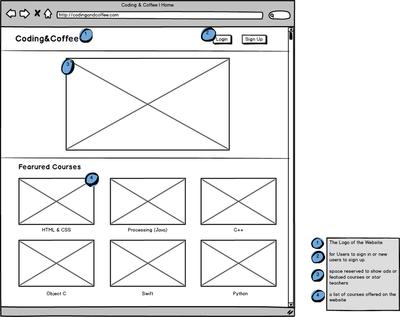
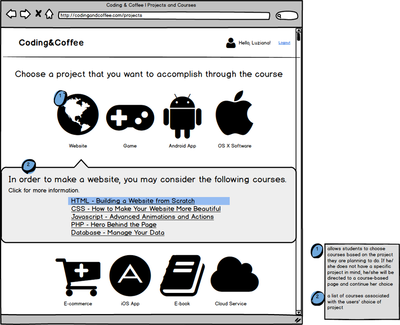
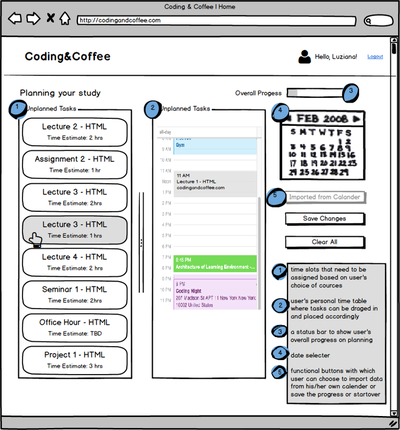
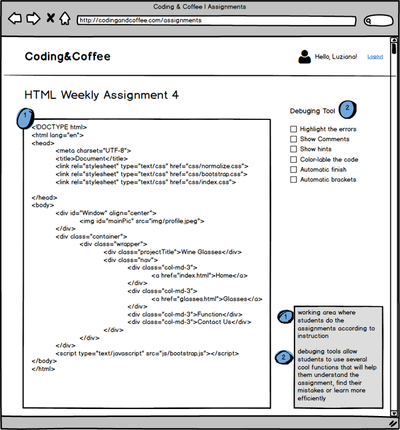
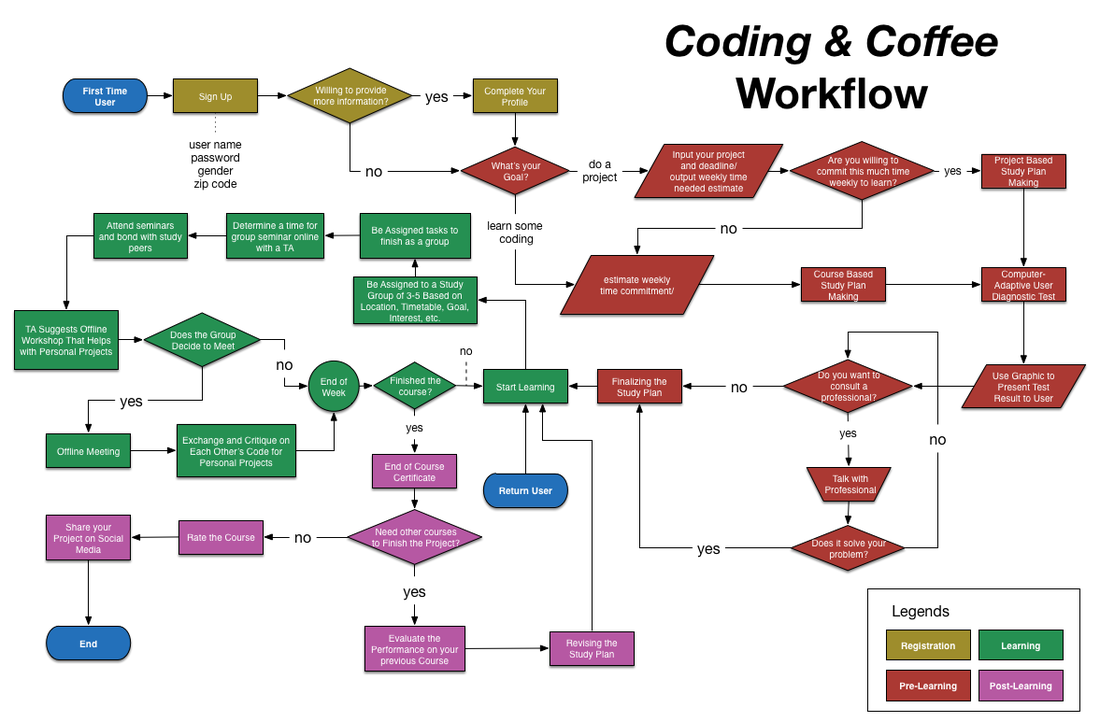
 RSS Feed
RSS Feed